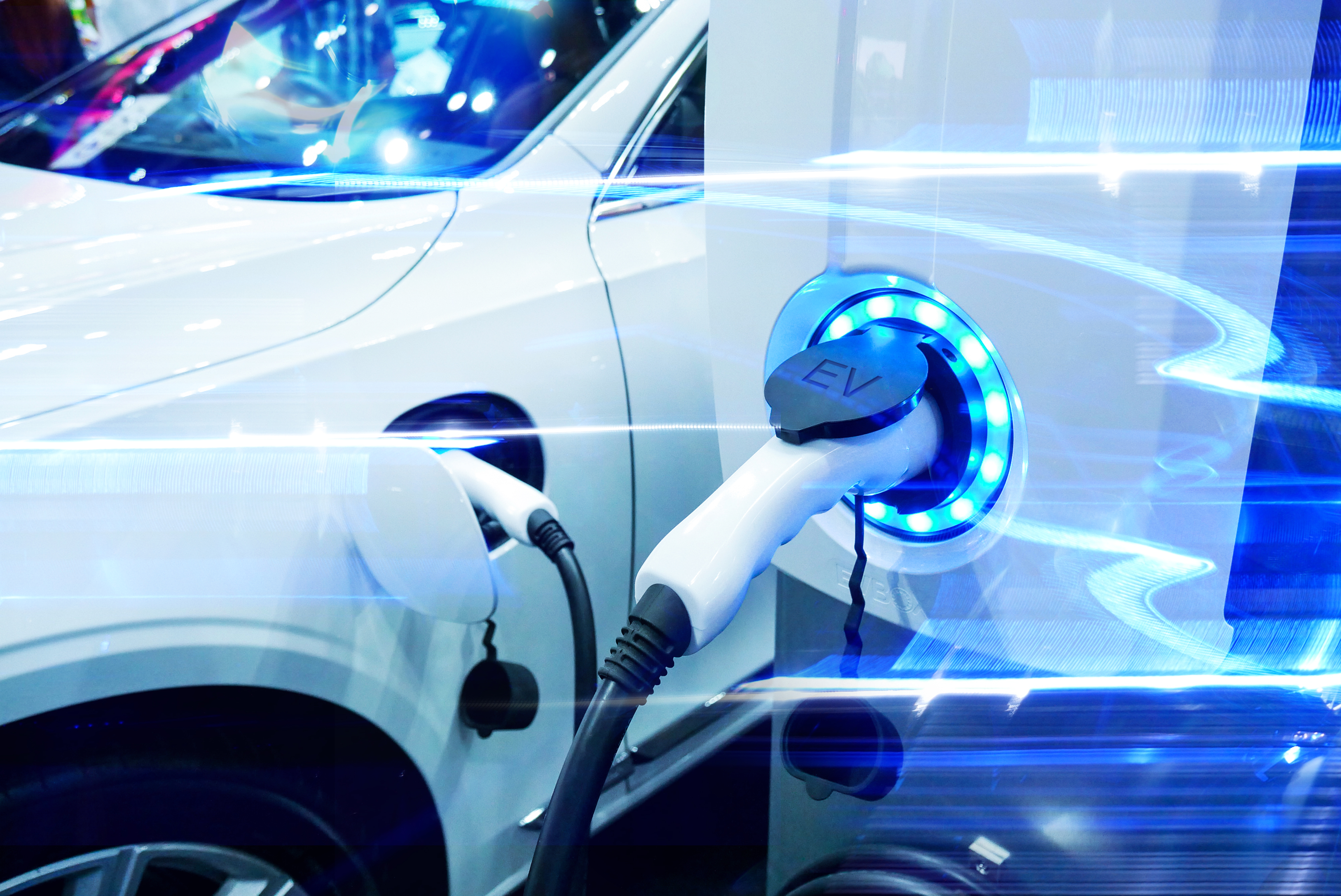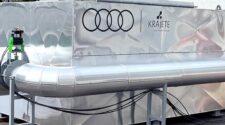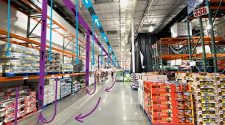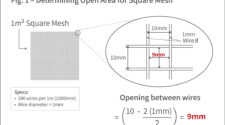The electromobility (or e-mobility) industry is growing globally. As the auto industry increasingly focuses its attention on electrically powered vehicles, there will be a drastic change in the need for, and type of, filtration in this area.
Electric power vs. combustion power
The average car has more than 50 filters, which can be categorized in five general categories: oil, air, transmission, cabin and fuel. A traditional vehicle requires hundreds of parts to transfer combustion energy into motion, and oil filters have the highest turnover rate of these parts. In an electric vehicle, there are no oil filters, and the only filter category that is maintained in-tact from combustion-powered to electric-powered vehicles is cabin air, which is typically one or two filters per vehicle.
The modern electric vehicle has essentially two main categories of filtration: battery and cabin air. Battery filters consist of ventilation and thermal control. Thermal management for batteries is a new and critical application in EVs, as the air that is used to cool the battery in a car has to be cleaned prior to running across the battery to prevent system damage to it and ancillary components. The technology currently exists for offgassing pressure and moisture management but at much smaller scale, but EVs require expanded size and capability to match the battery size and electronic controls.
Considering fuel cell vehicles
Fuel cell vehicles are an interesting case in and of themselves, as they utilize hydrogen as a fuel source similar to standard combustion engines. The primary difference is fuel cells are used to generate electricity via air and hydrogen. Filters are needed to clean the incoming air and to facilitate the combination of that air and hydrogen to generate electricity. This power source requires advanced ion exchanger filters and gas filtration of hydrogen and oxygen. While fuel cells utilize electricity as the power source for vehicles, they utilize on-board power generation versus the plug-and-play approach of purely electric vehicles.
The most rapidly developing opportunities in automotive/transportation filtration exist in EVs, as volume continues to grow. Within this category, air and liquid cooling systems seem to hold the largest opportunity for growth.
With both electric and fuel cell vehicles, more advanced filters will be needed to filter gases and air both in the vehicles and within the supporting infrastructure. These filters will utilize nonwovens and combinations of nonwovens and membranes.
Opportunities
The most rapidly developing opportunities in automotive/transportation filtration exist in EVs, as volume continues to grow. Within this category, air and liquid cooling systems seem to hold the largest opportunity for growth. Fuel cell opportunities have broader filtration requirements than traditional EVs, but they will have much less demand in the near term, due to limited hydrogen infrastructure. Hybrid combustion/EV technologies will employ the most filters, as they require traditional and new technologies all in one.
Vehicles that have less than a 100-mile roundtrip radius are prime candidates for alternate electrification. In addition to electronic power sources, regenerative braking technologies can be utilized to augment power for many segments outside of personal vehicles. Regenerative braking is an energy recovery mechanism, which slows a vehicle or object by converting its kinetic energy into a form which can be either used immediately or stored until needed. Buses, trash trucks, and mail and other fleet vehicles offer the greatest near-term opportunities in this area.
Final thoughts
Electric vehicles continue to grow and evolve as a power source for transportation. Many nations are developing policy to stimulate growth in the EV category as part of clean air, alternatives fuel infrastructure, and energy grid optimization initiatives. EVs have significantly less mechanical complexity, and thus much less reliance on filtration to ensure the operation of moving parts. Although filtration opportunities will be significantly less with EVs compared to combustion vehicles, filtration will continue to be critical to vehicles in the future. These filters will require more sophistication and opportunities for technical diversification, enabling filter manufactures to grow into new and, potentially, more profitable applications.











